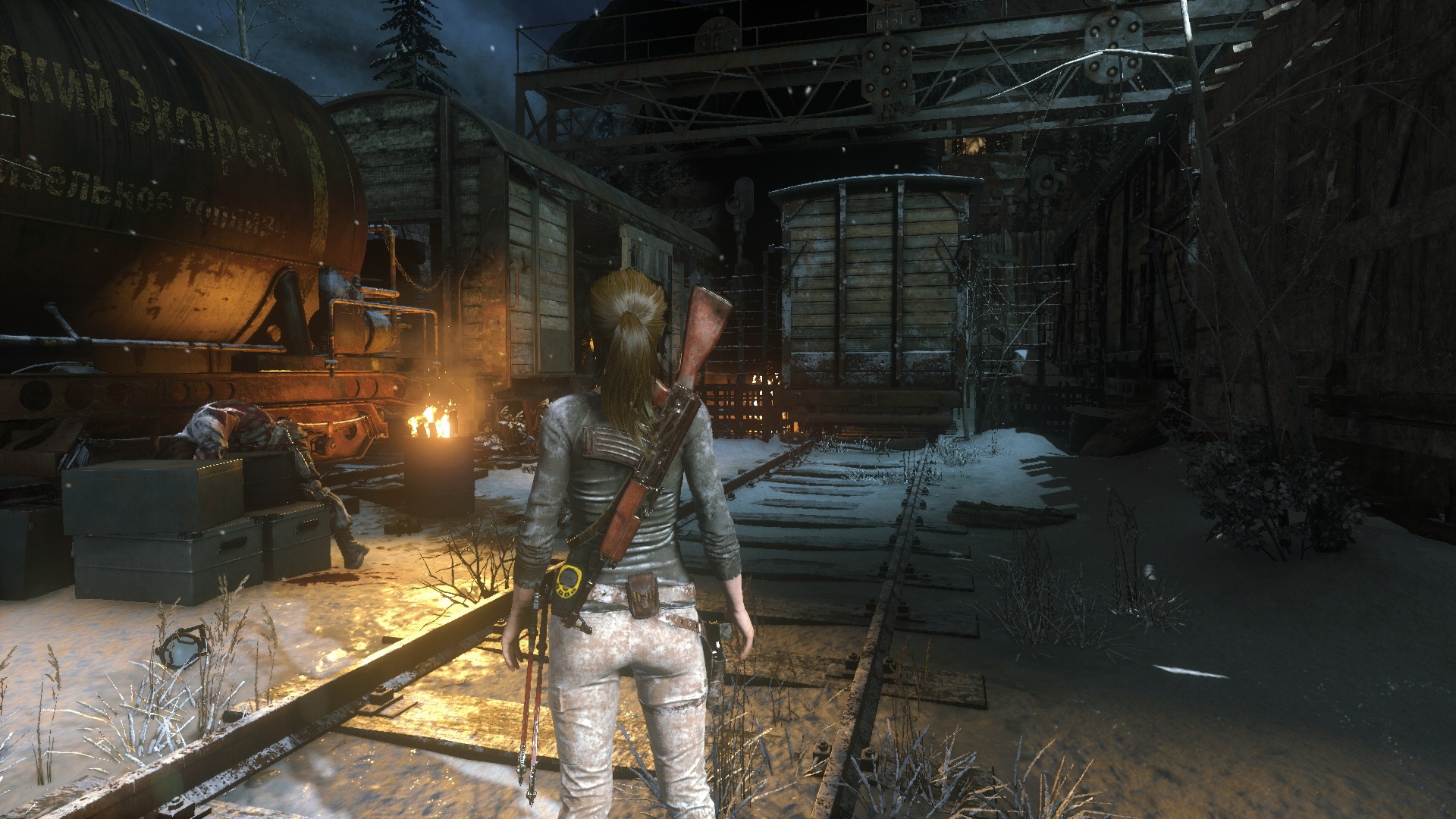
#3440x1440p shadow of the tomb raider upgrade
Having said that, I would still like a purchase a 3440x1440 monitor because of the extra real-estate when not gaming, and because I'm likely to eventually upgrade my hardware to be able to drive it.
#3440x1440p shadow of the tomb raider tv
I realize the 2560x1080 resolution isn't particularly popular here due to the lack of pixels on a 35" screen, but personally, I use a 32" 1920x1080 TV as my current monitor and I have no problems whatsoever, and a move to a 35" ultrawide is an increase in pixel density. Which brought me to thinking about purchasing a 2560x1080 monitor (such as the Acer Z35), as my rig will be able to drive it at a good frame rate on pretty much all games. I realize this build won't be capable for running recent AAA titles (Witcher 3, Tomb Raider) in the 3440x1440 resolution. However my current rig is a Mini-ITX build running a single GTX 970, and I don't plan to upgrade for a couple years. Ideally, I would like to buy a 3440x1440 monitor, simply because of the quality improvement and the increase in real-estate. I will be using it mainly for gaming, however productivity work isn't out of the question. I'm looking to purchase fairly high-end curved monitor, at least 34", preferably with g-sync. The ball is now in Nvidia's court to respond with either a price drop or a sooner reveal of its upcoming Volta GPUs, because AMD is back with a compelling choice for enthusiast gamers.I've been looking into ultrawide monitors for a while now and having trouble deciding which 21:9 resolution (3440x1440 vs 2560x1080) is most suited to me. Still, this doesn't prevent the card from being arguably faster than the GTX 1080 for $50 less. It also consumes a bewildering amount of power and runs a bit warm.

While the RX Vega 64 is a really good card, it's a bit hard to get super excited since it's coming out more than 14 months after the GTX 1080 and doesn't completely trounce it. AMD says that it's an ideal card to max out ultra-wide 3440x1440p monitors, and we'd agree and say that's where its sweet spot is. The most graphically demanding games will give it a tough time. It won't be able to max out every single 4K game, though. As a matter of fact, it runs slightly better at 4K given our results. Those people may be disappointed with the RX Vega 64, as Nvidia's leading $700 graphics card still remains in a league of its own, but it does largely live up to AMD's claim that it's competitive with the $550 GeForce GTX 1080. Some people were hoping that AMD's leading Vega GPU would outperform the GeForce GTX 1080 Ti. Square Enix optimized this game for DX12, and recommends DX11 only if you’re using older hardware or Windows. As you’ll see from our benchmarks below, however, teraflop count doesn't tell the whole story. Shadow of the Tomb Raider concludes the reboot trilogy, and it’s utterly gorgeous. The RX Vega 64 is a 12.7 teraflop card, which trumps Nvidia’s equivalent GPU by 3.8 teraflops. For reference, the GTX 1080's GDDDR5X VRAM is capped at 320GB/s.

This allows the card to deliver up to 483.8GB/s of memory bandwidth. It's clocked at 945MHz, but what makes it really efficient is its really wide 2048-bit memory bus.

HBM2 is a new type of "3D" VRAM, which means it's memory that's densely stacked vertically. It uses 8GB of second-generation high-bandwidth memory (HBM2) for video RAM. These are some of AMD's highest clock speeds to date, and the company says the card is tuned for high frequencies and should be able to boost higher than those numbers if it gets adequate power and cooling. In terms of core and boost clocks, it's clocked at 1274MHz and 1546MHz, respectively.

Like AMD's RX 480 and RX 580 Polaris GPUs before it, Vega graphics cards are based on a 14nm FinFet production process. The RX Vega 64 partially gets its name from the fact that it has 64 compute units. should only be used as a frame of reference against other cards within the same family for an apples-to-apples comparison. Note: Specs like stream processors, CUDA cores, and core clocks, etc.


 0 kommentar(er)
0 kommentar(er)
